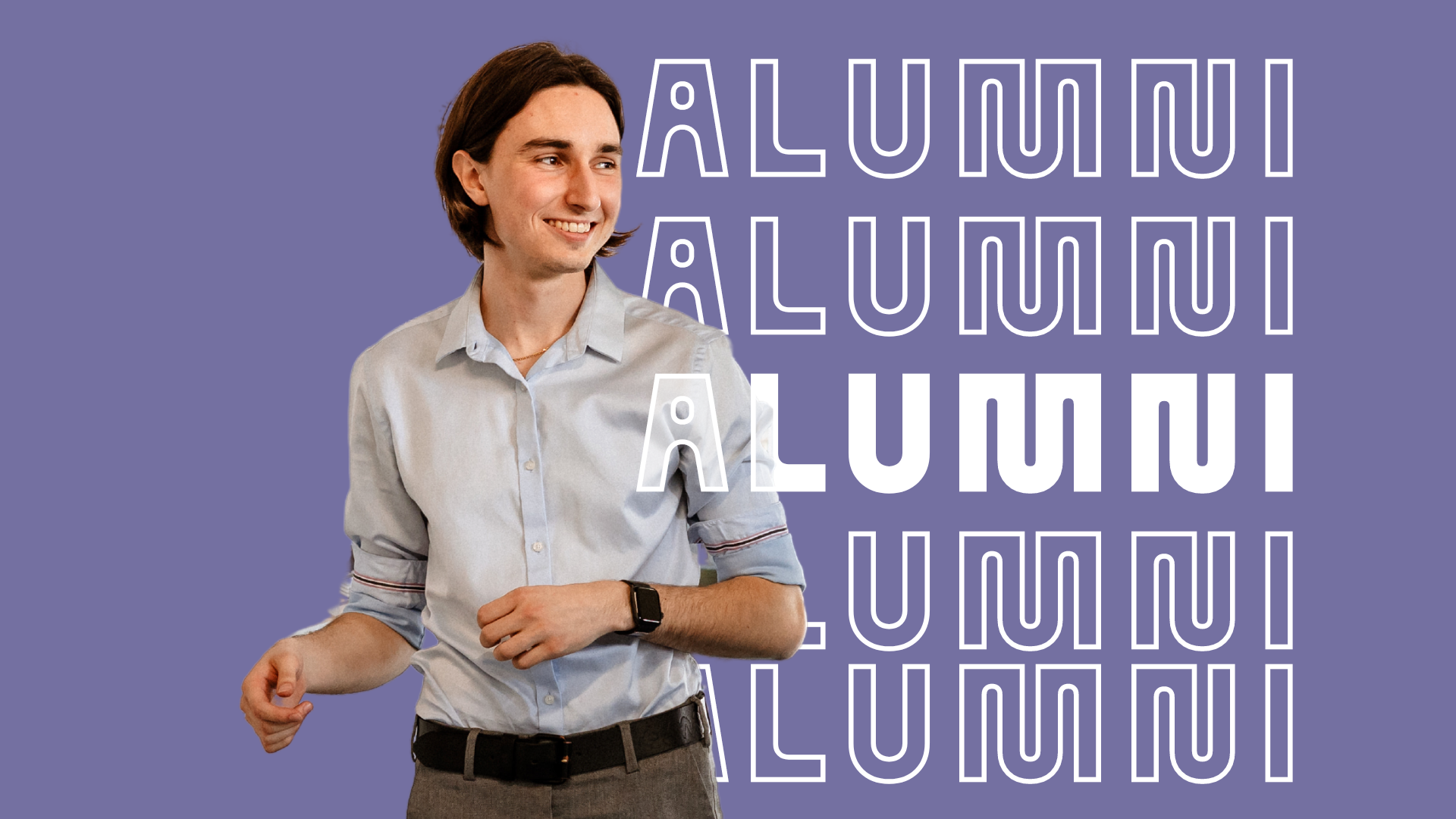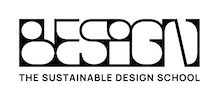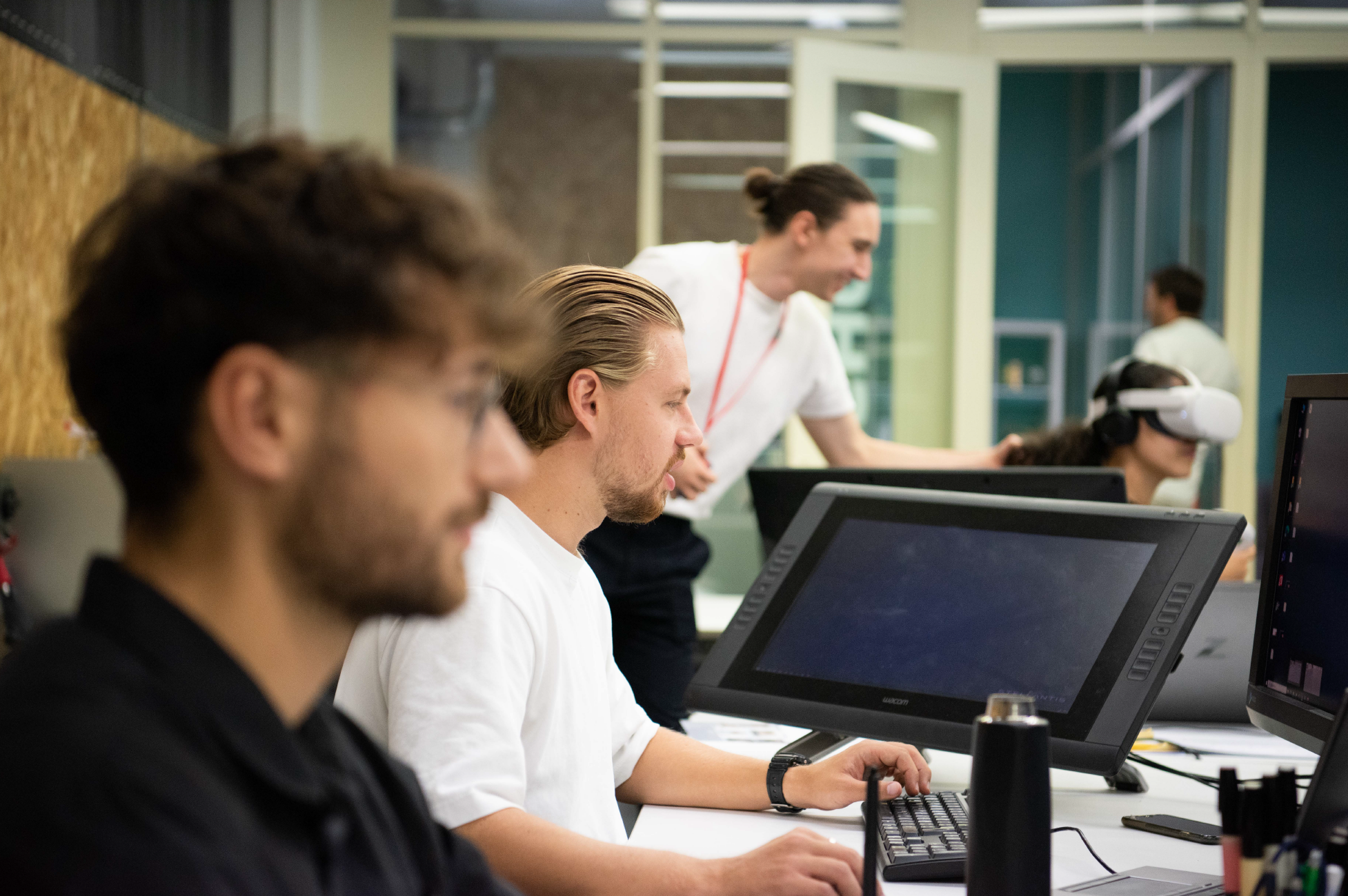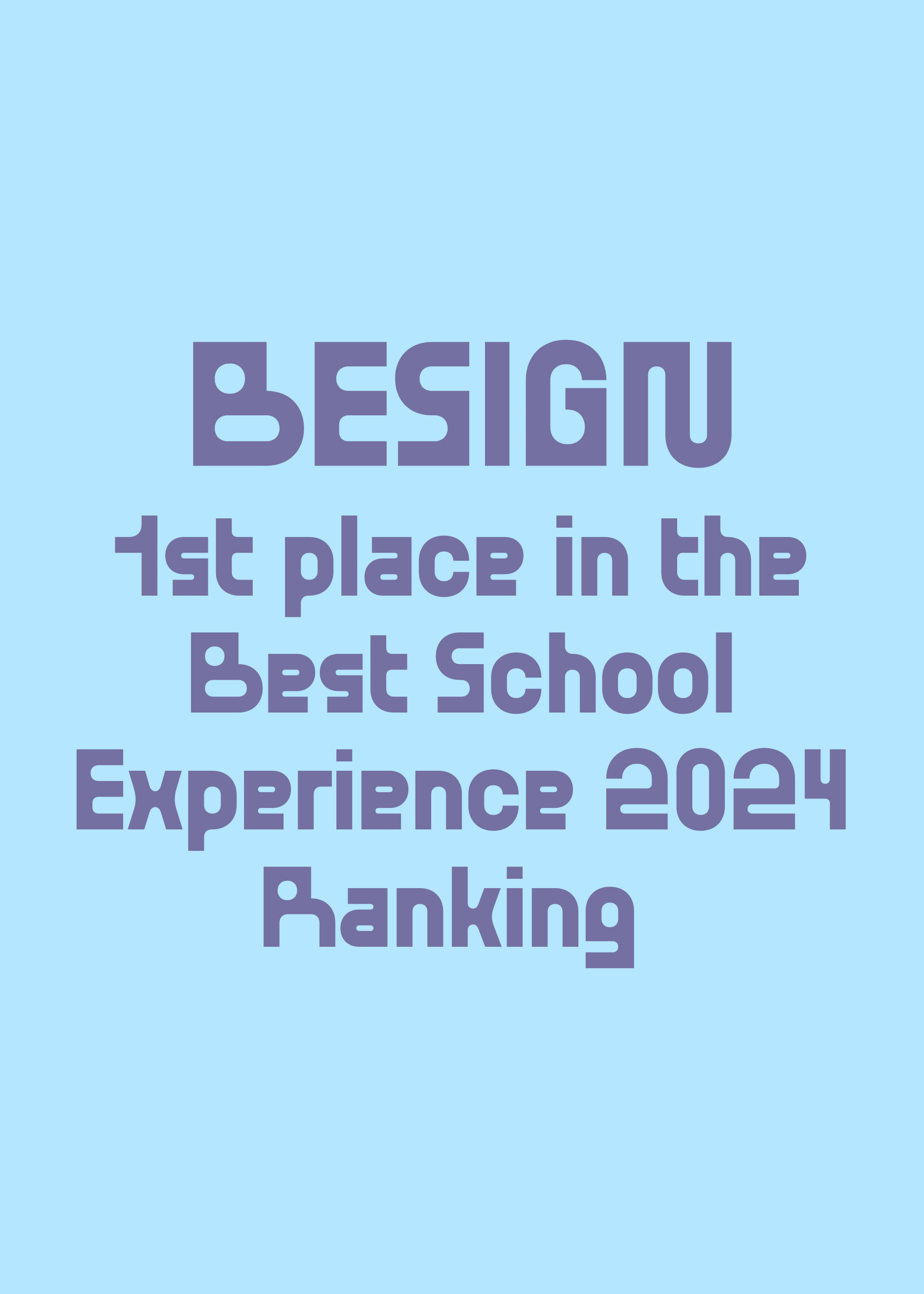Can you tell us about your journey at BESIGN School and how it contributed to your preparation for this position?
I enrolled in BESIGN after high school and completed the 5-year program, allowing me to fully train as a sustainable innovation designer. Our training involves product design, but also includes graphic design, service design, spatial design, and UI/UX design. We are trained in the design processes of a design project, from analyzing user needs to considering technical constraints and studying the existing market. The stages of ideation and sketching follow, leading to 3D modeling, rendering, and presentation. This broad range of skills ensures a comprehensive understanding, and specialization in sustainable innovations is an increasingly sought-after feature, allowing us to bring a different perspective and added value to a project.

Can you introduce your company?
Currently, I am a contractor at Stellantis Design Studio, the design agency of the Stellantis group. The group is primarily known for its car brands with which we regularly collaborate, including Maserati, Peugeot, Alfa Romeo, Citroën, Jeep, DS, and many others. Our studio is a design agency that offers its services to two types of clients: internal clients corresponding to the group’s brands and initiatives (examples: Peugeot, Maserati, Jeep, but also Freedom of Mobility Forum), and external clients from various fields (transport, product, tech, medical, music, etc.), providing a lot of diversity in subjects and expertise. Our creative missions vary depending on the client we assist, whether it’s projects related to mobility, interior or exterior vehicle design, consumer product design, market analysis, or graphic design such as creating logos, brand identities, or liveries (graphic stickers applied to a vehicle). Brands also consult us for creating guidelines or other specific brand image topics.
What is your position, and what are your responsibilities in the company?
When a new project is launched, it is assigned to one or more designers based on the project’s needs, required skills and expertise, necessary workload, and everyone’s availability. Our work then involves proposing solutions that meet the client’s demands, offering sketches, designing 3D models, 2D graphic files, etc. My position is diverse in terms of methodology and creation subjects: I work on some topics independently and on others in a group. As the requests vary greatly from one project to another, I have never really done the same thing twice since joining the studio.
What attracted you to this new adventure?
The diversity of projects. The range of themes we address allows me to avoid monotony and bring a versatile approach to each project. Additionally, we have the opportunity to work on real initiatives with multiple stakeholders (automotive brand marketing director, brand design manager, technical and innovation director, etc.) on tangible projects that are implemented later. The studio is also increasingly incorporating sustainable development approaches into projects. It’s not the easiest task as we work in an industry where everything moves quickly and we are also dependent on various constraints such as technical feasibility, safety, or supplier availability, but it brings challenges to each day.
Did you feel adequately prepared by the school to carry out these tasks?
Every professional field comes with its specificities, and there are elements and terms to learn on the job, but the training I underwent provided enough resources for me to adapt to such a variety of subjects today. There are some differences with school to consider, but they are more in terms of organization; such as the shorter duration of projects in the company compared to school or client emails informing us last minute that the color needs to be changed on all renders.

What specific skills did you develop during your studies and internships?
In addition to the design aspect, the school taught me a lot about the “daily life in the company,” such as working independently through personal projects while developing collaboration skills through group projects or partnerships with companies. These experiences really give us the necessary resources to adapt to situations and know how to organize ourselves. During our program, we regularly had to work on several projects simultaneously, which trained me to deliver finished projects while respecting tight deadlines, manage my workload, and prioritize tasks effectively; a major asset when I am working on five or six projects simultaneously every week. Another important point: communication. Some of my colleagues in Vélizy are Russian, others are British, and I work with teams located in China, the United States, Morocco, Brazil, or Italy; international exchange is part of my daily routine. Having pursued a curriculum in English allowed me to acquire the right vocabulary, communicate with multiple teams on technical details, and feel comfortable in presentations. In summary, my studies provided me with a solid technical foundation.







